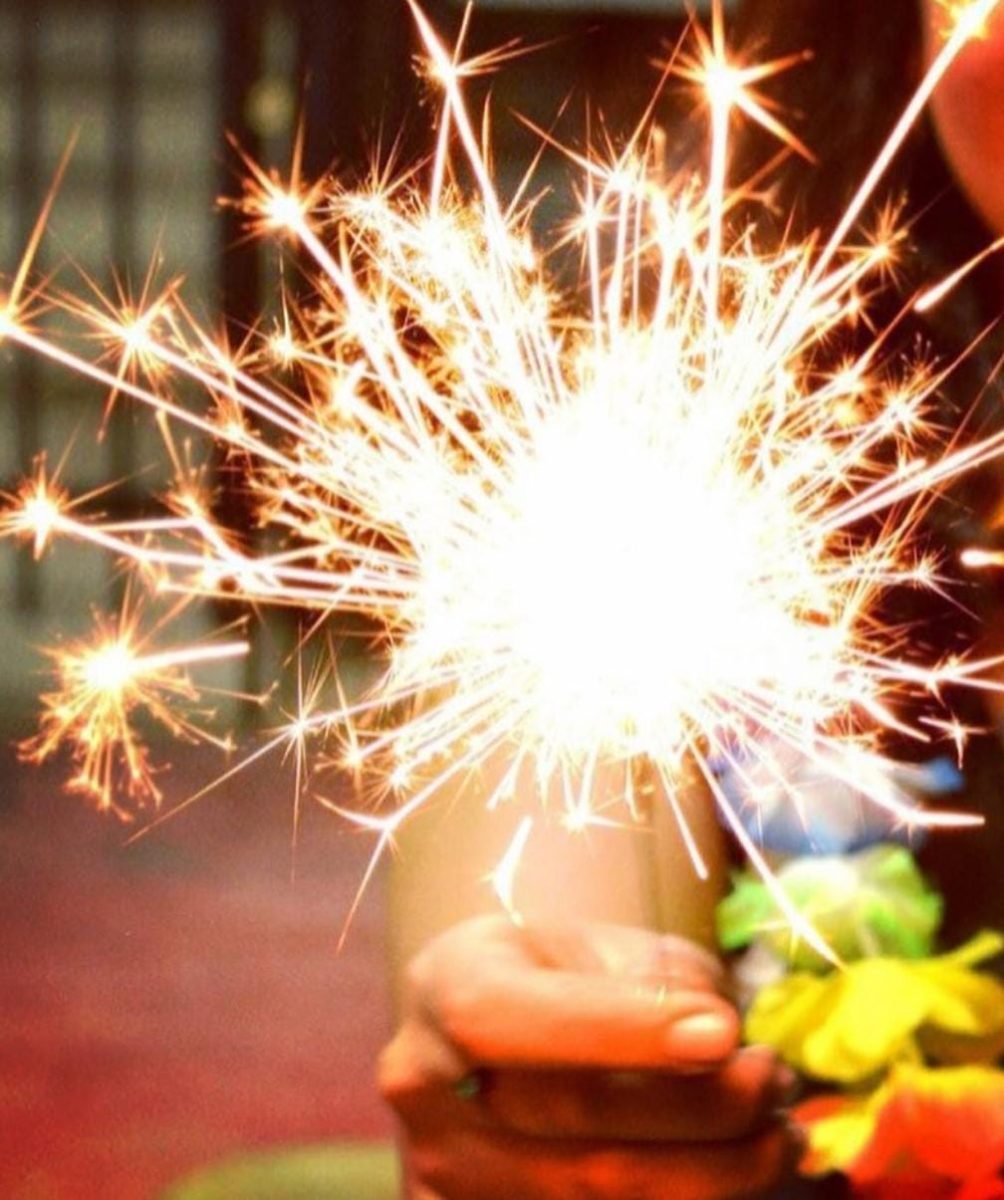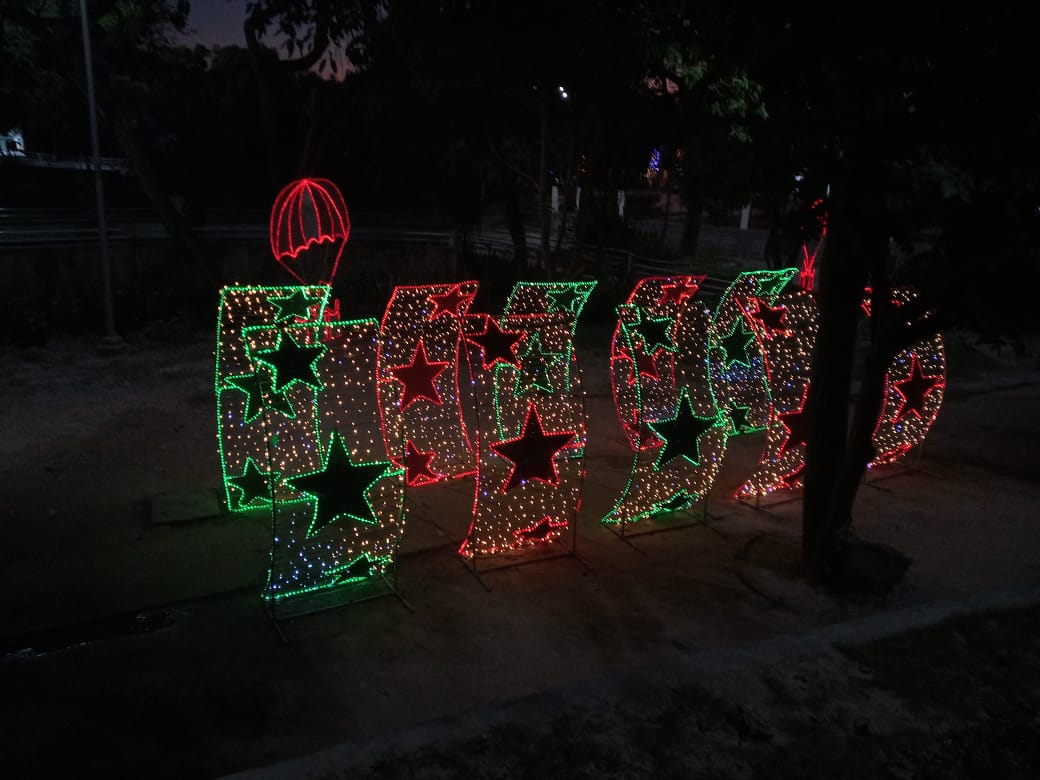Christmas is a time full of magic and different traditions in countries around the world. Each culture has its way of celebrating at parties, creating a special atmosphere full of magic.
From the bright lights and Christmas carols on the streets of the United States to the colorful posadas and food traditions of Mexico to the charming decorations in the markets of Germany, the diversity of Christmas celebrations is fascinating.
This article will explore how Christmas is celebrated in the different countries that we can find in Morgan. You will learn their customs, typical dishes, and unique festivities that make this time a date full of magic and joy.
India: Christmas in India is celebrated with families gathered in their homes singing with drums and cymbals, exchanging gifts, and delivering baskets of fruit, Thaili, or buns to their neighbors.
In the more modern areas of Delhi and Mumbai, you can listen to Christmas songs, see decorations on houses, see houses with decorated trees, or shops with special Christmas offers for people to buy gifts and leave them under the tree on Christmas Eve.
Among the traditional foods for Christmas, Hindu sweets such as burfi, kilfi, Pongal, rasgullas, jalebi, or carrot halwa stand out. It is also customary not to eat meat, so there are places that sell vegetarian food.
Merry Christmas in Hindu: Bade Din ki Mubarak
Germany: In Germany, Christmas is celebrated in a very special way with various traditions, such as Advent wreaths, which are made by German families with fir branches and four candles, one for each Sunday before Christmas.
Christmas markets are also part of Christmas traditions in Germany, in these open-air markets there are traditional food, sweets, hot drinks, and crafts. The most famous market is Nuremberg.
Another famous German tradition is the tradition of Saint Nicholas and Krampus, which is celebrated on December 6 when Saint Nicholas visits the children and leaves them small gifts. However, in some regions, Krampus appears and is responsible for scaring disobedient children and making them change their attitude.
Typical German foods for Christmas are Christmas carp, roast goose, fondue or Raclette (Melted cheese), fruit bread or stolen (It is made with baker’s yeast, eggs, a little milk, and plenty of butter), and among the drinks we can find brandy liqueur or Kirsch.
Merry Christmas in German: Frohe Weihnachten
Ecuador: In Ecuador, Christmas in Ecuador is a magical time when many traditions are carried out, such as the novena of Christmas bonuses. In this celebration that begins 9 days before Christmas Eve, families gather to sing Christmas carols, pray, and reflect on the birth of Jesus.
Another tradition is the Child’s Pass, which is a procession that takes place on December 24 in many cities and towns. During this festival, the journey of Mary and Joseph in search of an inn is represented with them carrying the image of the child Jesus. The procession is full of music, folk dances, colorful costumes, and beautifully decorated floats.
The typical foods eaten in Ecuador during Christmas are Ambatenos tamales, baked turkey, baked pork leg, Rompope (Prepared with egg yolks, vanilla, ground almonds, milk, sugar, cornstarch, and liquor), and Easter bread.
Merry Christmas in Quechua (traditional language of the Ecuadorian highlands): paqariku atawsami
Colombia: In Colombia, Christmas is celebrated with great enthusiasm and joy. Colombians celebrate beautiful traditions such as the day of candles, which is the first Christmas celebration that takes place, where candles and lanterns are lit in the streets, parks, and homes to commemorate the immaculate conception and start of the Christmas season.
As in Honduras, Colombia also celebrates novenas which are celebrated from December 16 to 24, where people gather to sing Christmas carols and eat food.
The lighting in Colombia is an important part of Christmas. In large cities such as Medellin, Barranquilla, and Bogota, spectacular light displays called “Alumbrados” are held. The streets, parks, and buildings are illuminated with thousands of colored lights, creating a magical and festive atmosphere.
The most typical food eaten in Colombia for Christmas is buñuelo(fried corn dough balls), Natilla (a dessert based on milk and sugar), lechona (roasted pork stuffed with rice, pork, and spices), pasteles (rice stuffed with meat, vegetables and wrapped in banana leaf).
Merry Christmas in Spanish is: Feliz Navidad
Brazil: In Brazil, Christmas is celebrated festively and joyfully, with different traditions such as the Santa Claus party, where Brazilian families usually celebrate the arrival of Santa Claus. Many cities organize parades and events where Santa Claus distributes gifts and candy to children.
Secret Friend, many families, friends, and co-workers often organize “Secret Friend”, where each participant receives and gives a gift to another person without revealing their identity.
The Christmas foods eaten in Brazil are roast Christmas goose, Brazilian-style turkey or chicken, roast suckling pig, the farofa (toasted cassava flour), the rabanadas, the sweet fried foods served with beer or wine and, finally, the panettone, which is a sweet, spongy bread filled with fruits.
Merry Christmas in Portuguese: Feliz Natal
Honduras: In Honduras, Christmas is a special celebration and is lived with enthusiasm and different traditions that make the season a magical night.
The Novena of Christmas bonuses is a tradition that is celebrated from December 16 to December 24, where Honduran families gather during the nine nights to pray, sing Christmas carols, and share religious reflections.
The burning of the devil is celebrated on December 7, when people light bonfires to symbolize the cleansing and purification of evil before the arrival of Christmas.
Some of the foods that Hondurans eat for Christmas are tamales (wrapped in banana leaves and filled with meat, rice, and vegetables), pickled chicken, pork leg, potato salad, and rompope (a sweet drink made from eggs and liquor).
Merry Christmas in Spanish is: Feliz Navidad
China: In China, Christmas is lived happily where the family gathers for dinner and exchanges gifts or cards with good wishes for the new year.
Also in many urban areas and shopping centers, there are Christmas decorations such as trees, lights, and festive decorations. The streets and shops will be with colorful lights to give a magical and festive atmosphere.
Some cities may have dance, music, and theater shows inspired by Christmas themes. It is also common to find markets where people can find food, crafts, and gifts.
The food eaten for Christmas in China varies from different dishes such as spring rolls, fish, and pork. There are places on Christmas Eve where people gather to eat an apple, at midnight.
Merry Christmas in Chinese: 圣诞节快乐 (shèng dàn jié kuài lè)/ 圣诞快乐 (shèng dàn kuài lè)
Vietnam: In Vietnam, Christmas is celebrated specially. Although most Vietnamese people practice Buddhism, there are still many Christmas traditions such as the midnight mass. Many people, especially Catholics, attend mass on the night of December 24. That is a celebration where the birth of Jesus is commemorated.
Gifts and card exchange are also a tradition that takes place in Vietnam, where families and friends exchange Christmas gifts and cards. The cards usually contain messages with good wishes and love.
As in many countries around the world, in Vietnam, people decorate houses, shops, and streets with bright lights, Christmas trees and festive decorations.
The typical foods eaten in Vietnam for Christmas are banh mi(baguette stuffed with meat – pork or chicken -, pâté, cucumber, pickled radish and carrot, cilantro, and hot sauce), pho(It’s a meat and noodle soup), and Nem chua(Vietnamese fermented pork roll).
Merry Christmas in Vietnamese is Giáng sinh vui vẻ! / Giáng sinh an lành
Mexico: Mexico is a country that celebrates Christmas in a big way so we can find different types of traditions such as the posadas, which are parties that are celebrated at night from December 16 to 24 to commemorate the arrival of Maria and Jose to Belen who are in search of a place for the birth of the baby Jesus.
There is also the Celebration of the Birth, which represents the birth of Jesus in the manger on a scale. One could be found in every Mexican home, office or school, from small ones to giant elaborate representations of mountains, lakes, animals, wells, houses, or small towns.
The typical foods of Mexico at Christmas are The romeritos (a quelites stew, with potato, nopales, almond, walnut, peanut, onion, and garlic; it is also prepared with mole, nopalitos, cambray potatoes, and dried shrimp), Cod a la Vizcaina, tamales (a Mexican food made based on corn, filled with various ingredients, cooked in a package of vegetable leaves that can be from milpa or corn, plantain, reed, chilaca or papatla), apple salad, punch (made with seasonal fruits).
Merry Christmas in Spanish: Feliz Navidad
Spain: In Spain, Christmas is celebrated in various ways and there are many traditions such as El Gordo, which is an extraordinary Christmas raffle. It is held on December 22 and the prizes are highly anticipated.
Christmas Eve is held on December 24, when families gather to have dinner and celebrate the arrival of Christmas. It is common to enjoy traditional dishes.
New Year’s Eve is celebrated on December 31 better known as the year’s celebration. People meet with friends or family to have dinner, toast with cava (sparkling wine) and eat the traditional “twelve lucky grapes” before midnight.
The Parade of Kings, which takes place on January 5, is a parade in which the Three Wise Men walk through the streets of many cities and towns handing out candy and gifts to children.
The traditional foods of Spain for Christmas are seafood clams, baked dorada, cremoso de marisco (a soup mix containing a variety of seafood-based ingredients), gambas al ajillo (shrimp roasted with garlic and olive oil), and the famous turrón (Nougat is a sweet dough obtained by cooking honey, sugars and egg white, incorporating peeled and toasted almonds, and subsequently kneaded, which is traditionally shaped into a rectangular tablet or cake).
Merry Christmas in Spanish: Feliz Navidad




